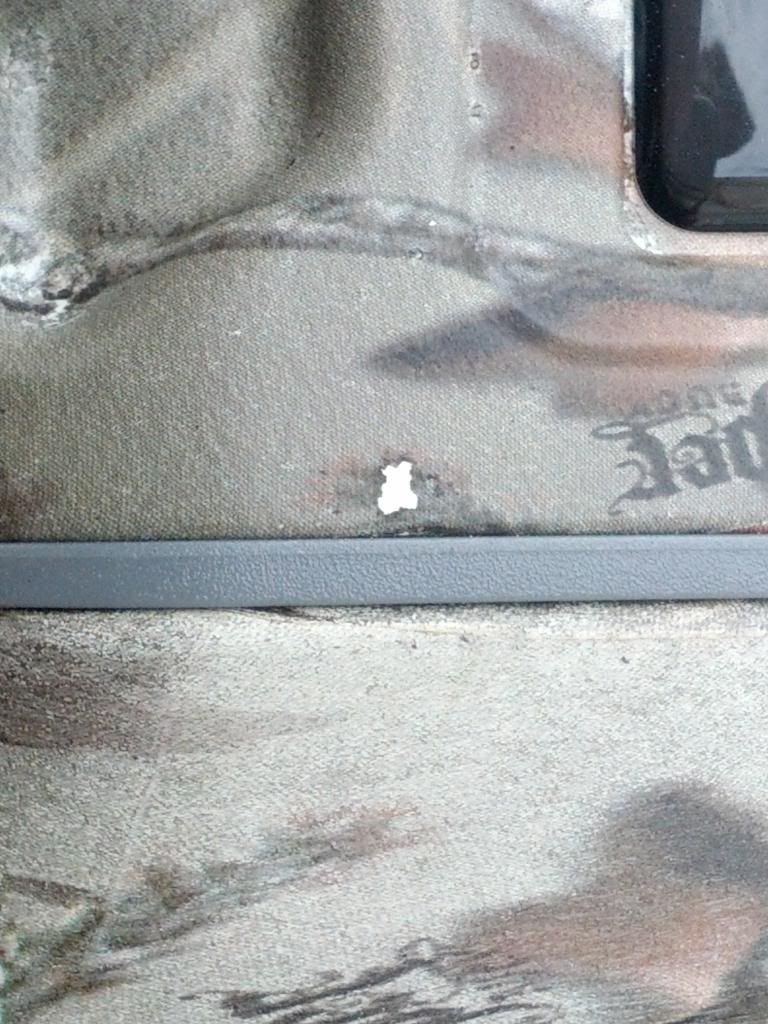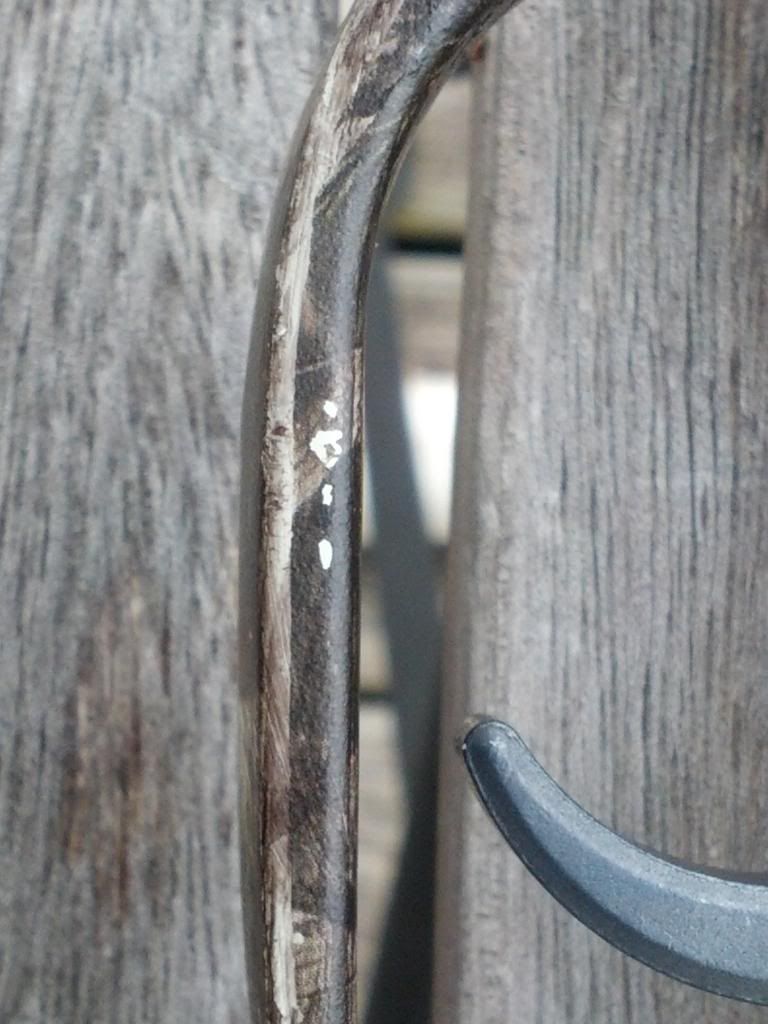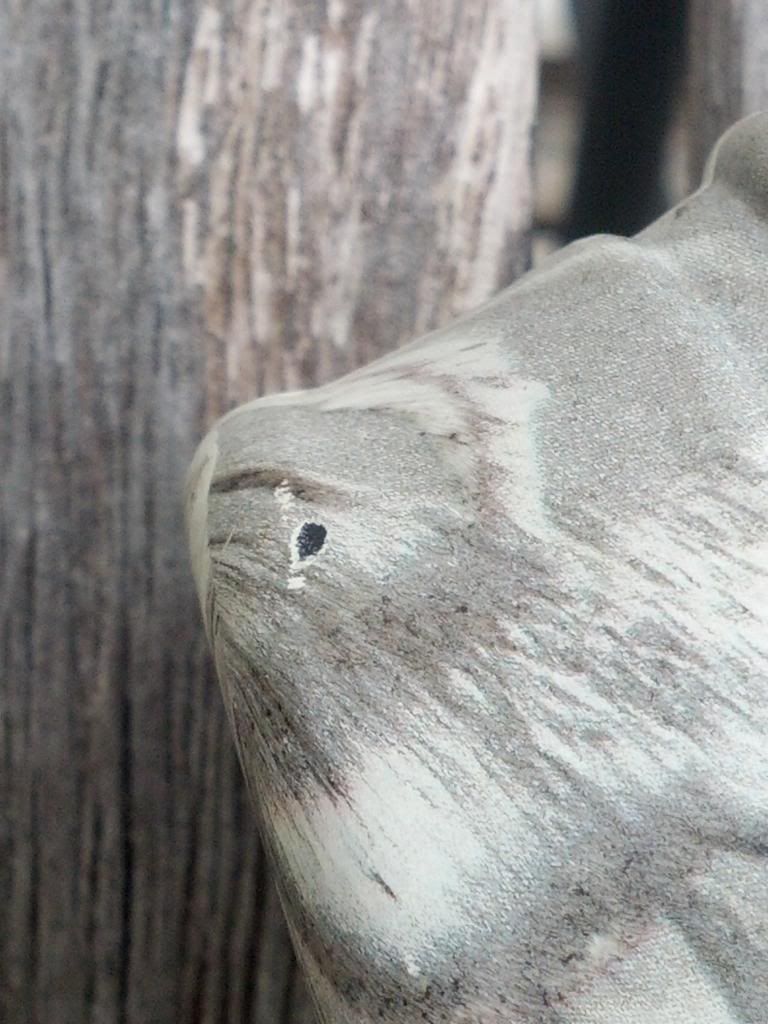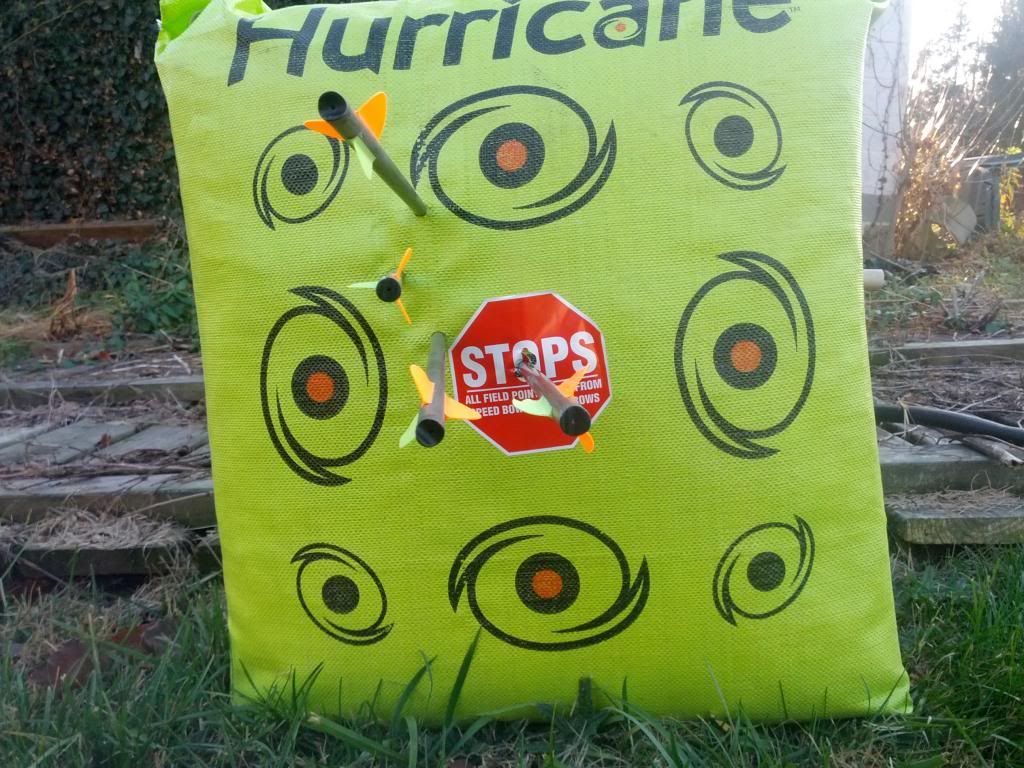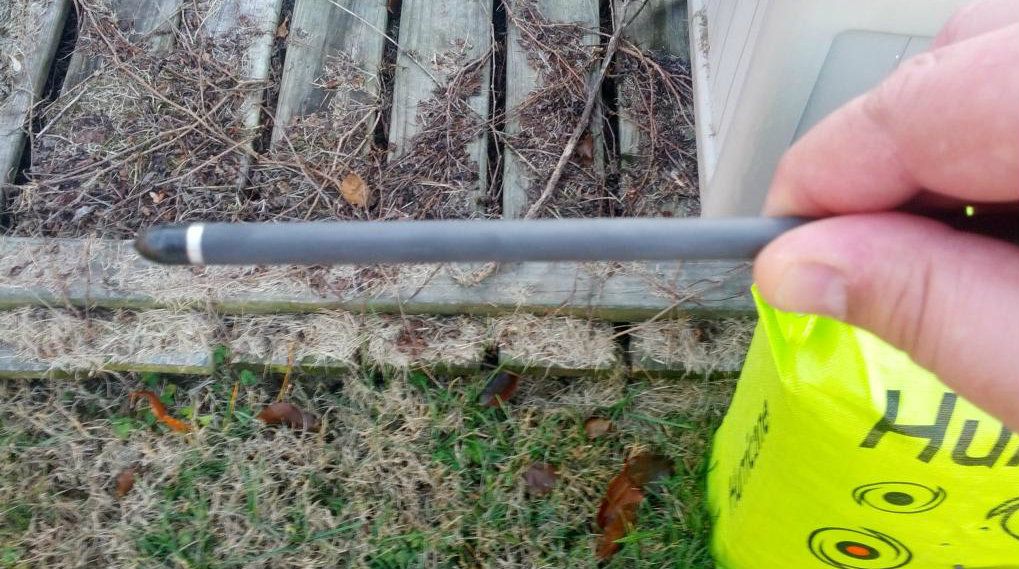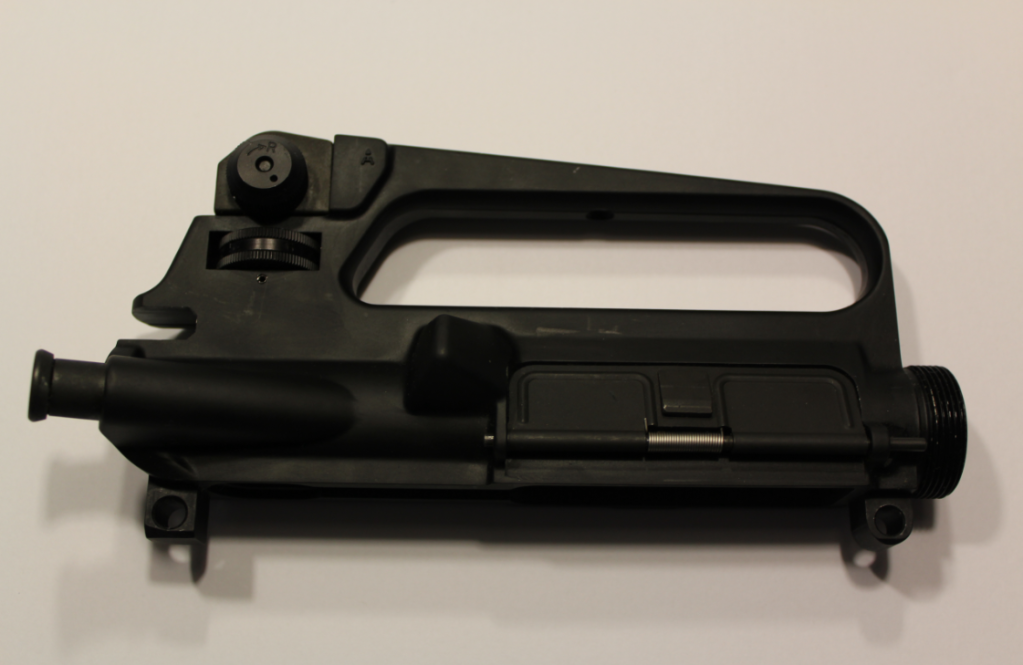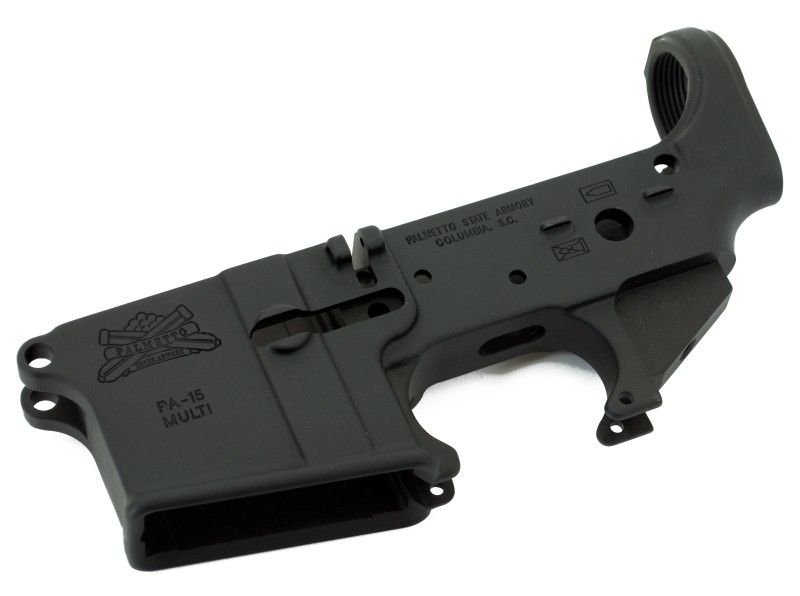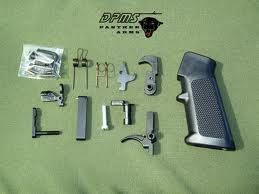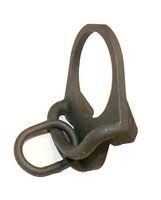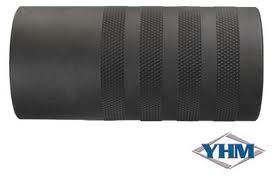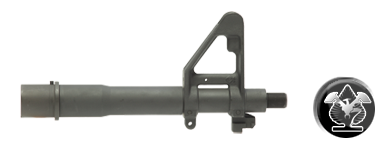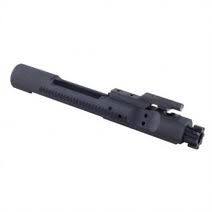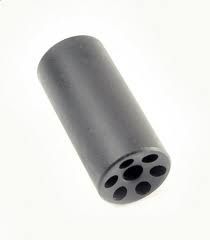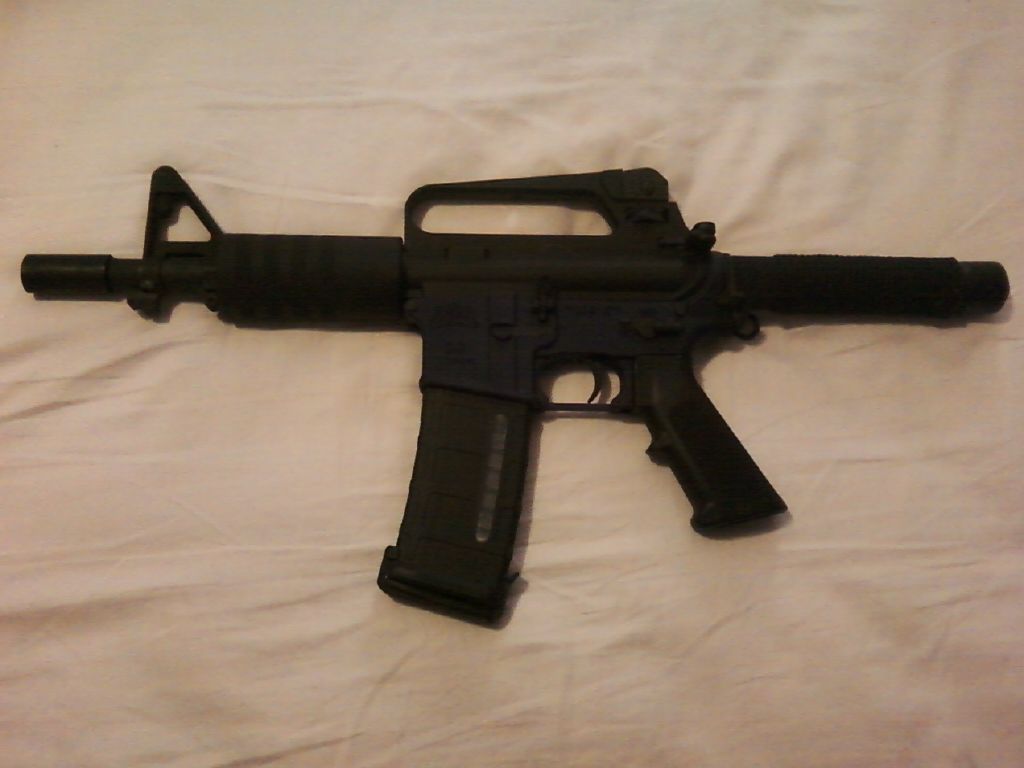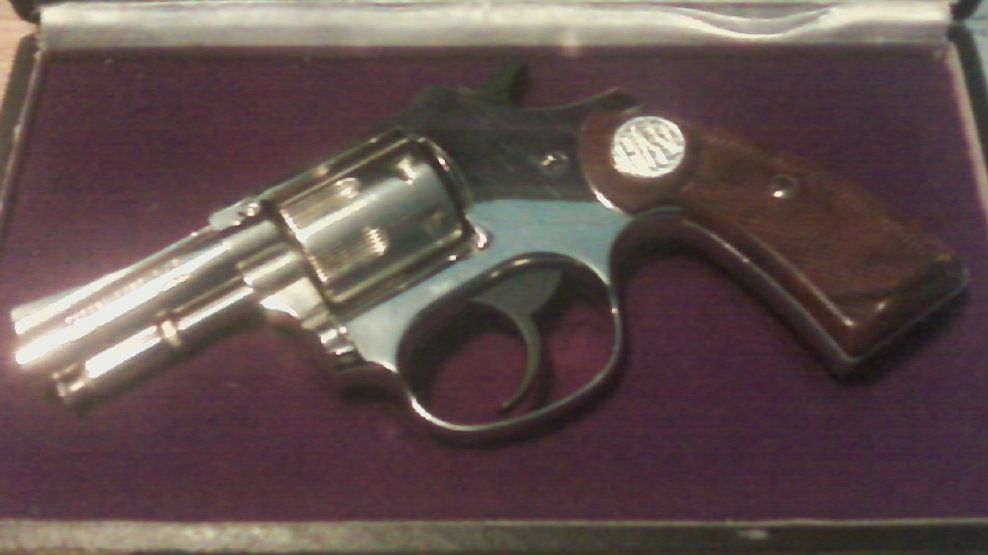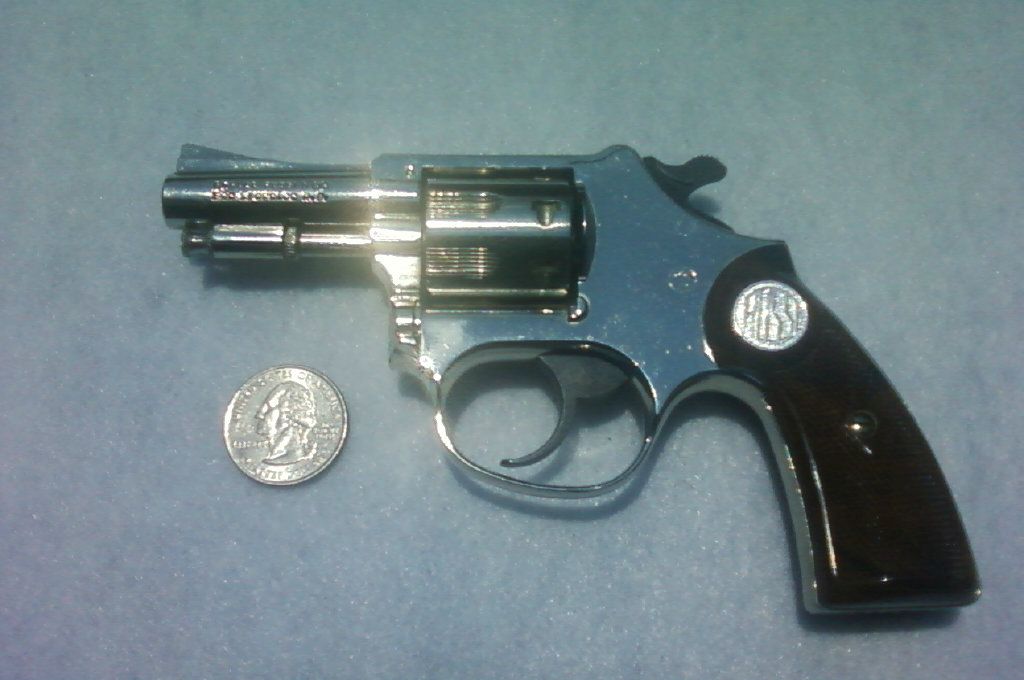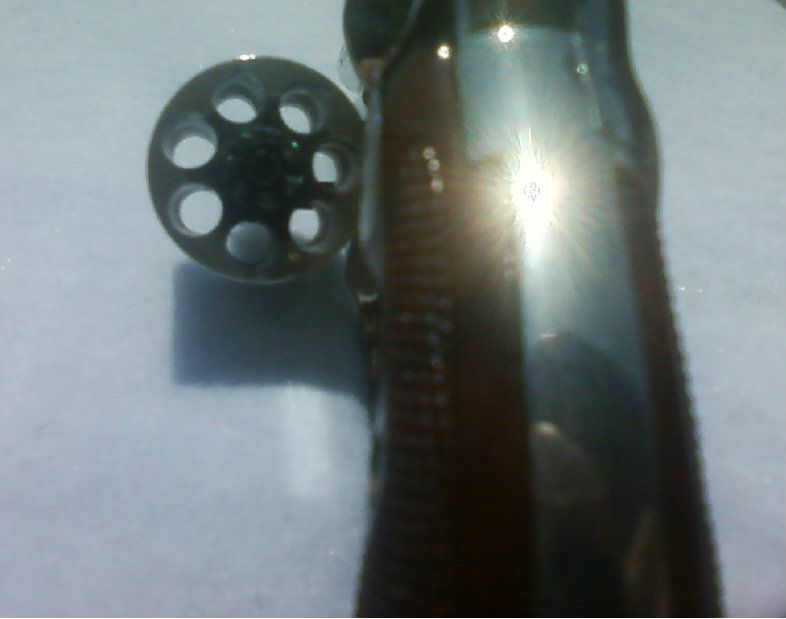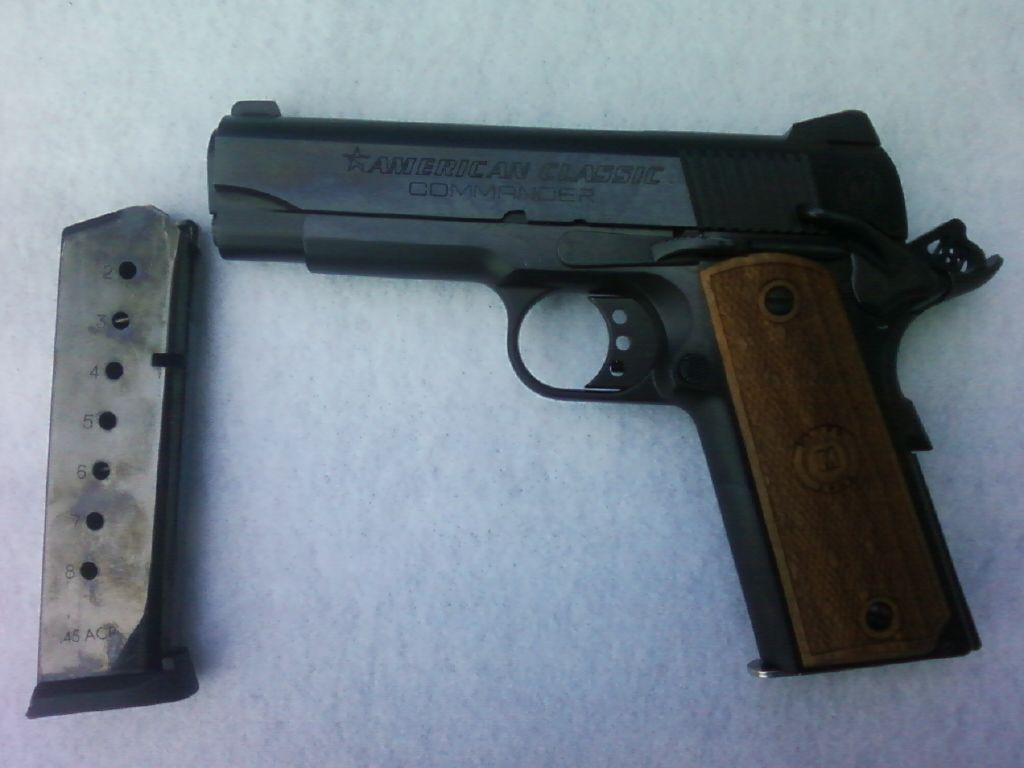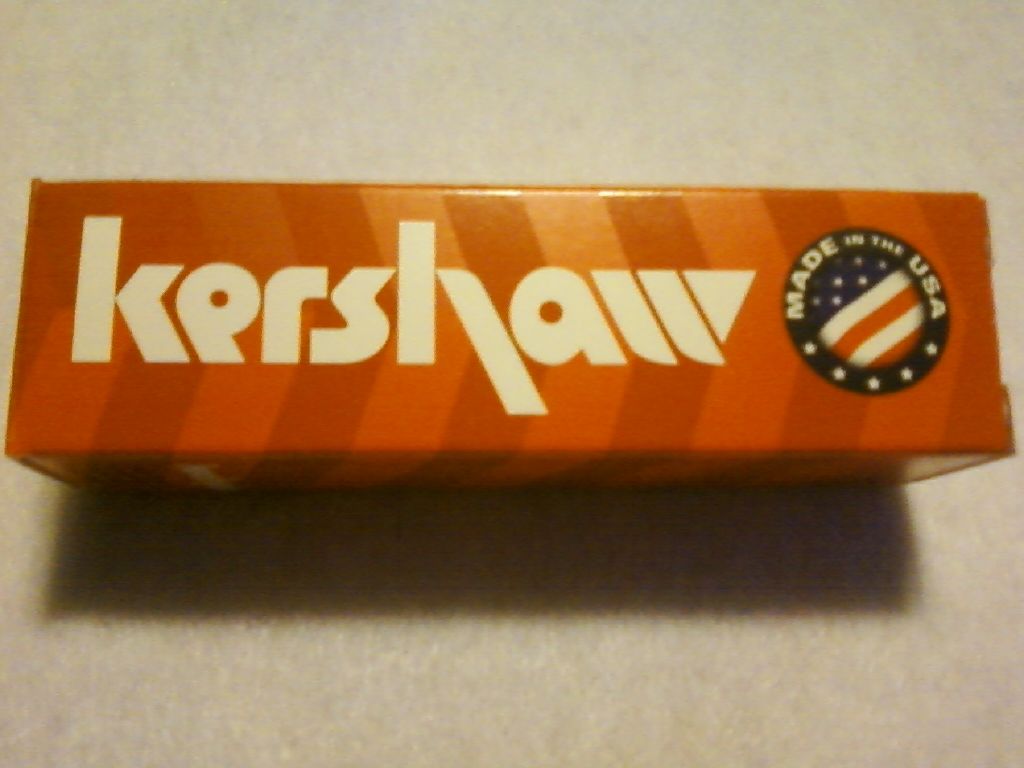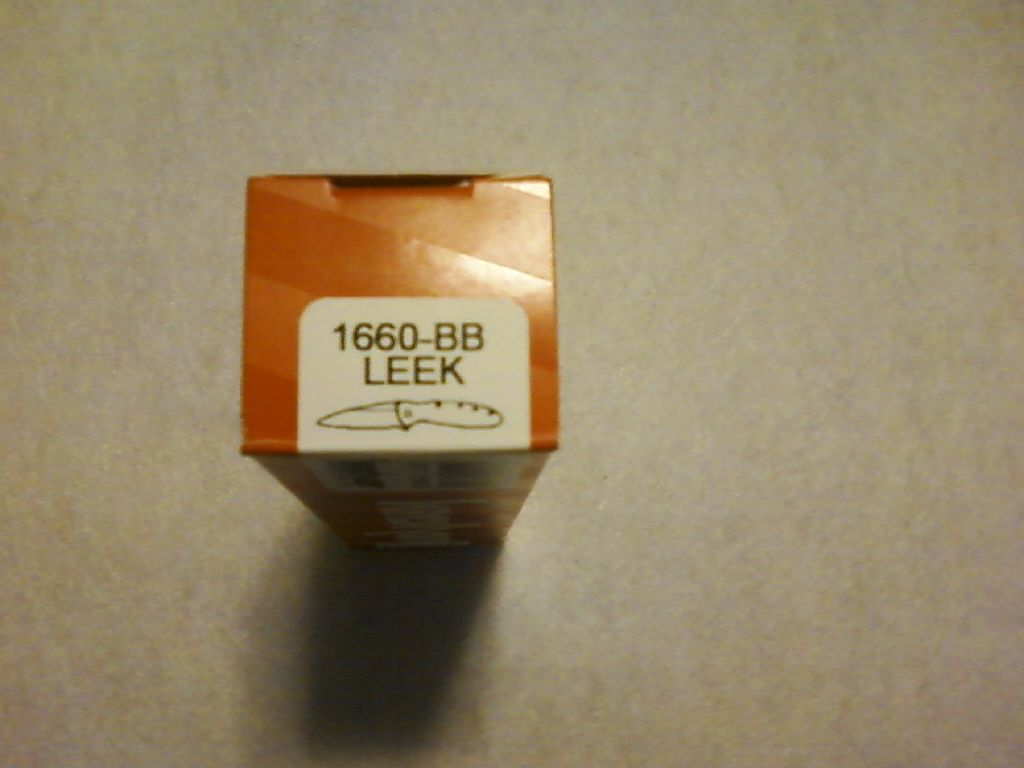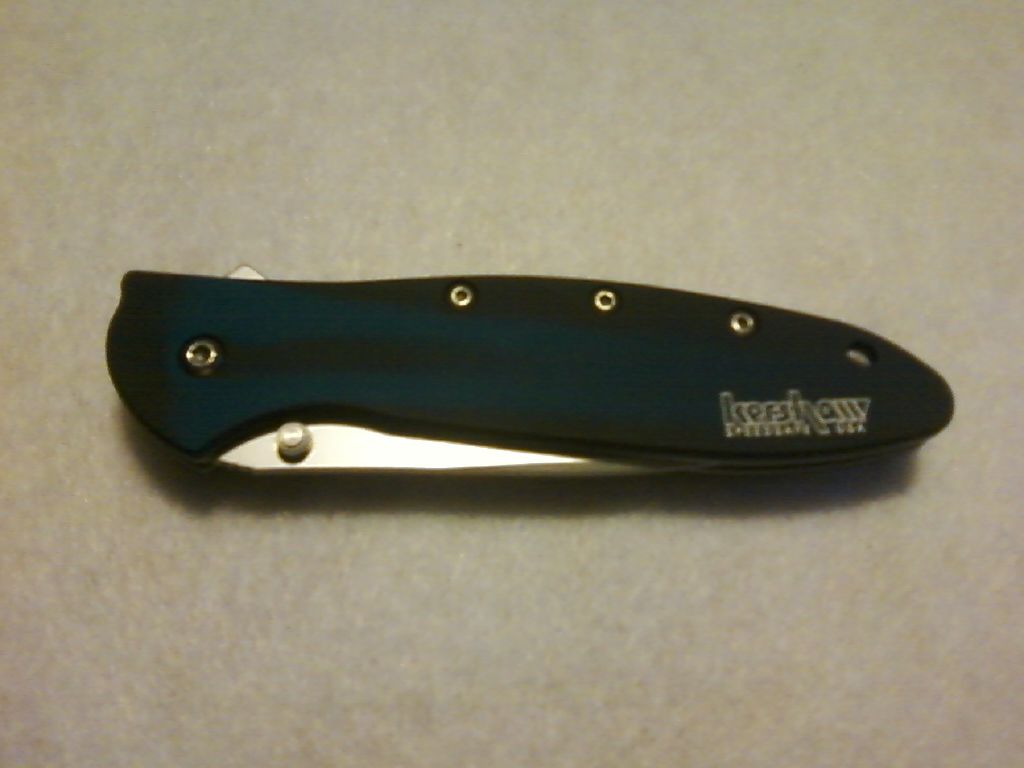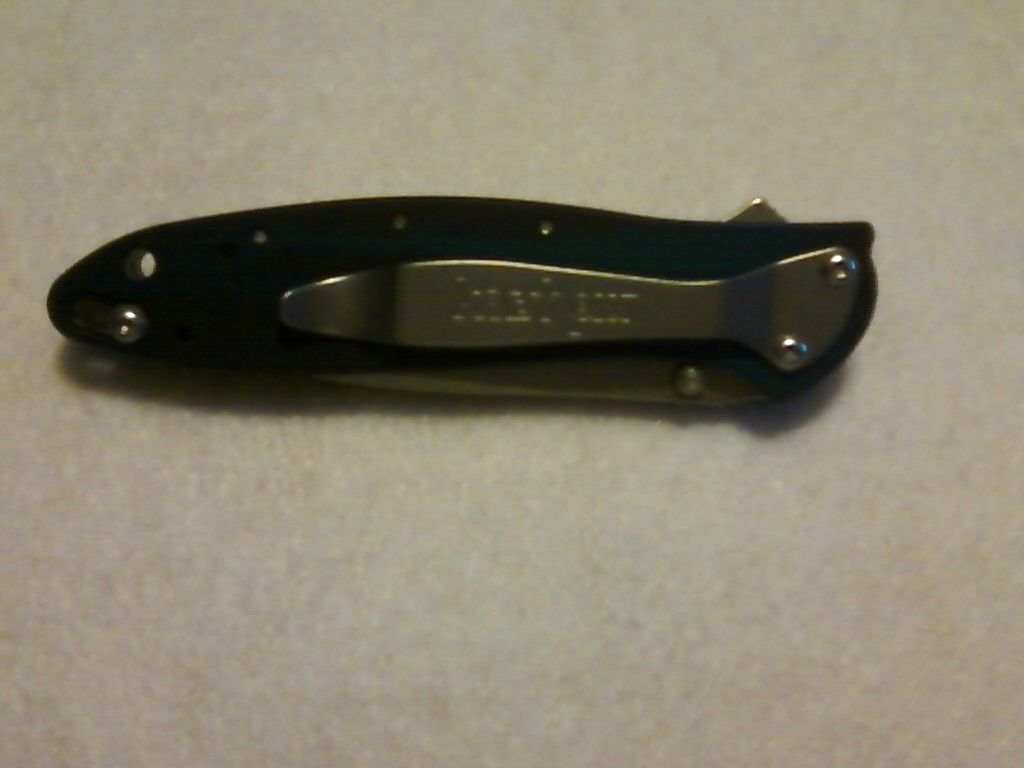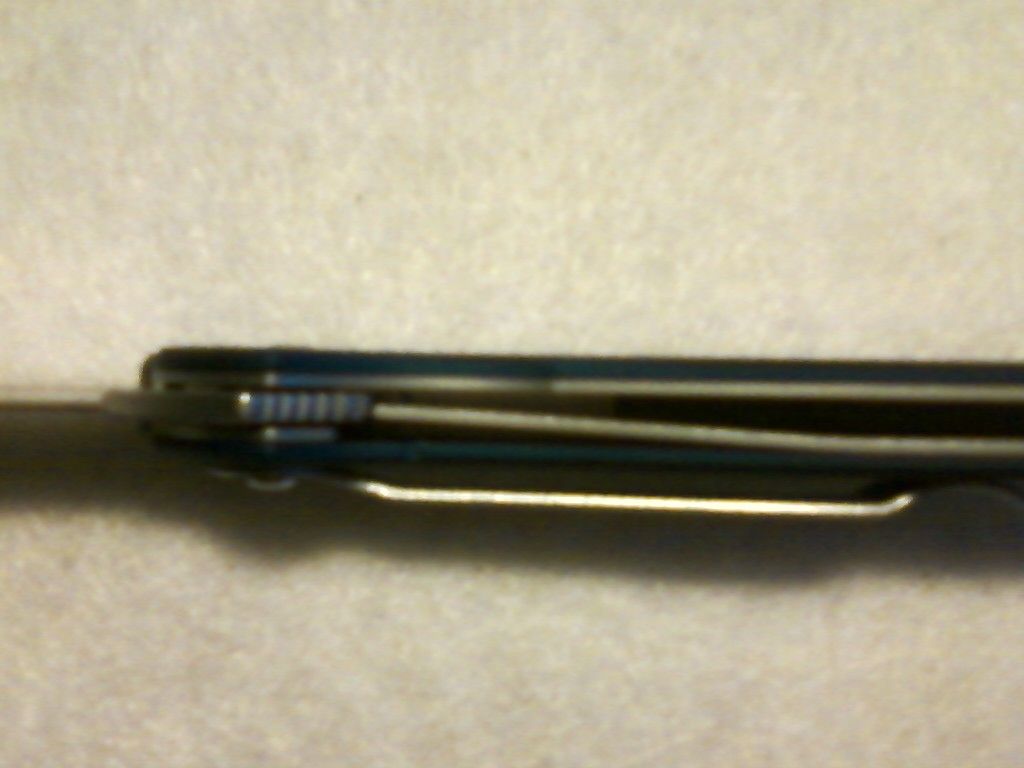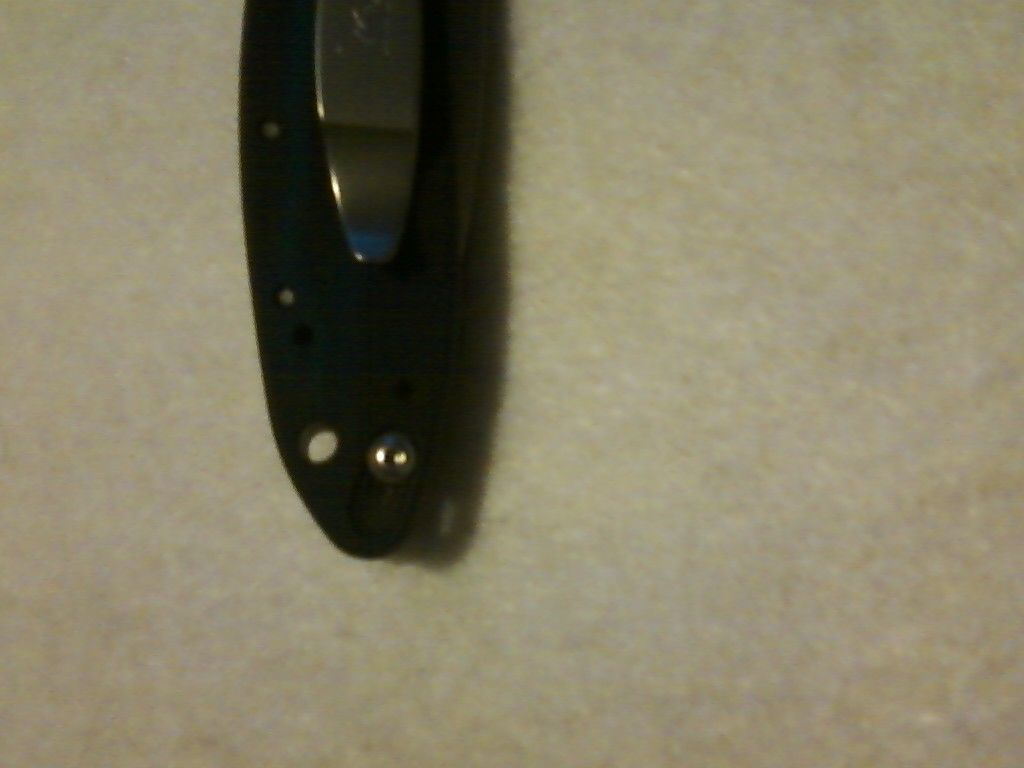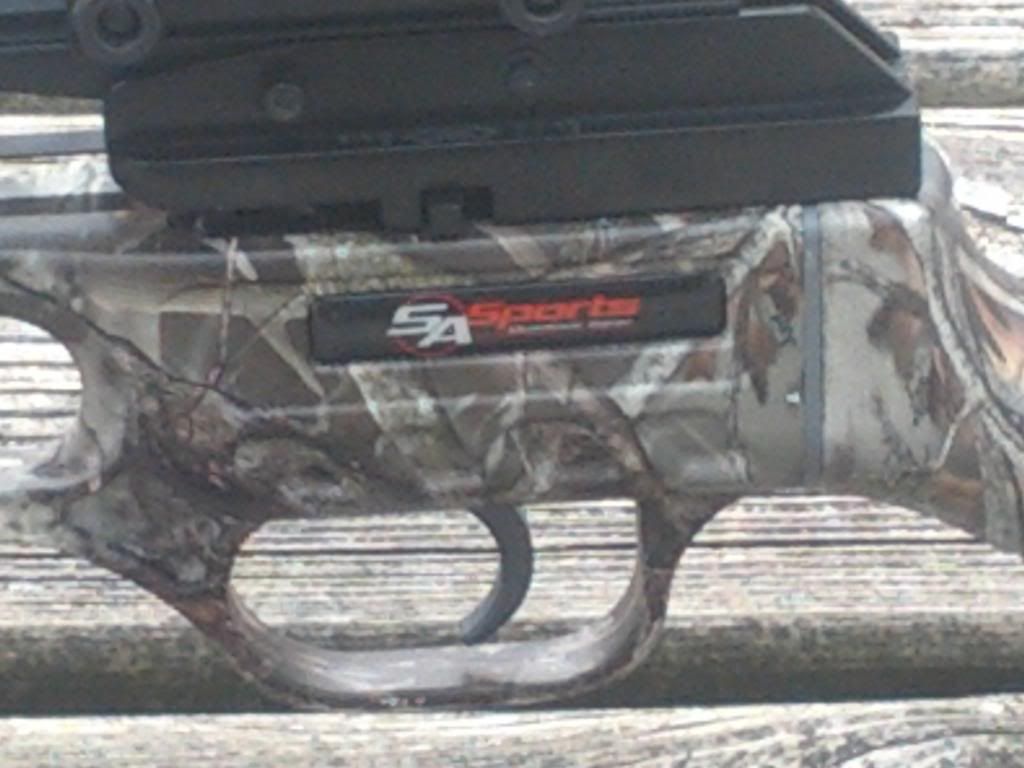 The SA Sports crossbows are marketed by SA Sports, LLC, out of Allentown, PA. It is my understanding from reading several posts on internet forums that these particular crossbows are of Taiwanese manufacture (if I am mistaken and anyone can provide information on the actual country of origin, then by all means please set me straight.) The company website ( http://www.sa-sports.com ), while not a fount of information, nor exceedingly easy to navigate, lists a few different crossbows (three compound and two recurves), youth bows, a bowfishing outfit, as well as accessories (strings, cables, arrows, rangefinders, etc.). The particular crossbow I chose was the Fever Magnum, a recurve design boasting a 175 lb. draw weight and an advertised maximum velocity of 240 fps. I chose the Fever Magnum for two reasons: first, the price (a holiday doorbuster sale price of $149.95); and second, it is a recurve, not a compound, so replacing a broken string will not require a bow press (just a strong back).
The SA Sports crossbows are marketed by SA Sports, LLC, out of Allentown, PA. It is my understanding from reading several posts on internet forums that these particular crossbows are of Taiwanese manufacture (if I am mistaken and anyone can provide information on the actual country of origin, then by all means please set me straight.) The company website ( http://www.sa-sports.com ), while not a fount of information, nor exceedingly easy to navigate, lists a few different crossbows (three compound and two recurves), youth bows, a bowfishing outfit, as well as accessories (strings, cables, arrows, rangefinders, etc.). The particular crossbow I chose was the Fever Magnum, a recurve design boasting a 175 lb. draw weight and an advertised maximum velocity of 240 fps. I chose the Fever Magnum for two reasons: first, the price (a holiday doorbuster sale price of $149.95); and second, it is a recurve, not a compound, so replacing a broken string will not require a bow press (just a strong back).The crossbow came disassembled in a cardboard box. Included were the crossbow itself, consisting of the pre-assembled stock/rail (lightweight composite stock and aluminum arrow rail), weaver-style scope rail, the limb (made of compression fiberglass), limb tips (2), string, limb spacers (two plastic and one metal), foot stirrup, open sights (installation optional), as well as the necessary mounting hardware and Allen keys. Also included were a padded sling with swivels, a 4x32 scope with dual color illuminated multi-reticle, quick detach quiver, bow stringer cable, rope cocking device, a tube of rail lube, and four 16" arrows with field tips. The included instructions were what I have come to expect from equipment manufactured overseas, so (thankfully) SA Sports has very thoughtfully provided an assembly video on YouTube which made assembly a much easier task, taking less than an hour altogether. Assembled, the crossbow is about 36" long (with foot stirrup), and 27" wide from limb tip to limb tip. It weighs close to 5 pounds with the scope, a little over 5 with the scope and sling. The crossbow is also equipped with an ambidextrous safety that is automatically engaged every time the bow is cocked.
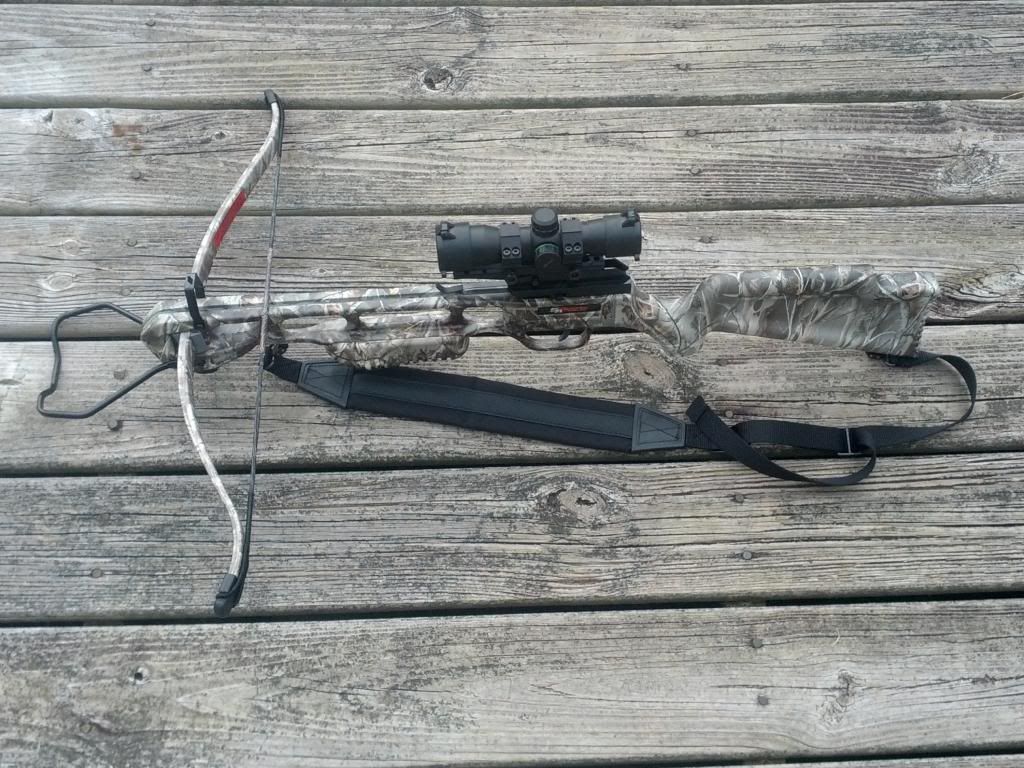 |
| SA Sports Fever Magnum Crossbow |
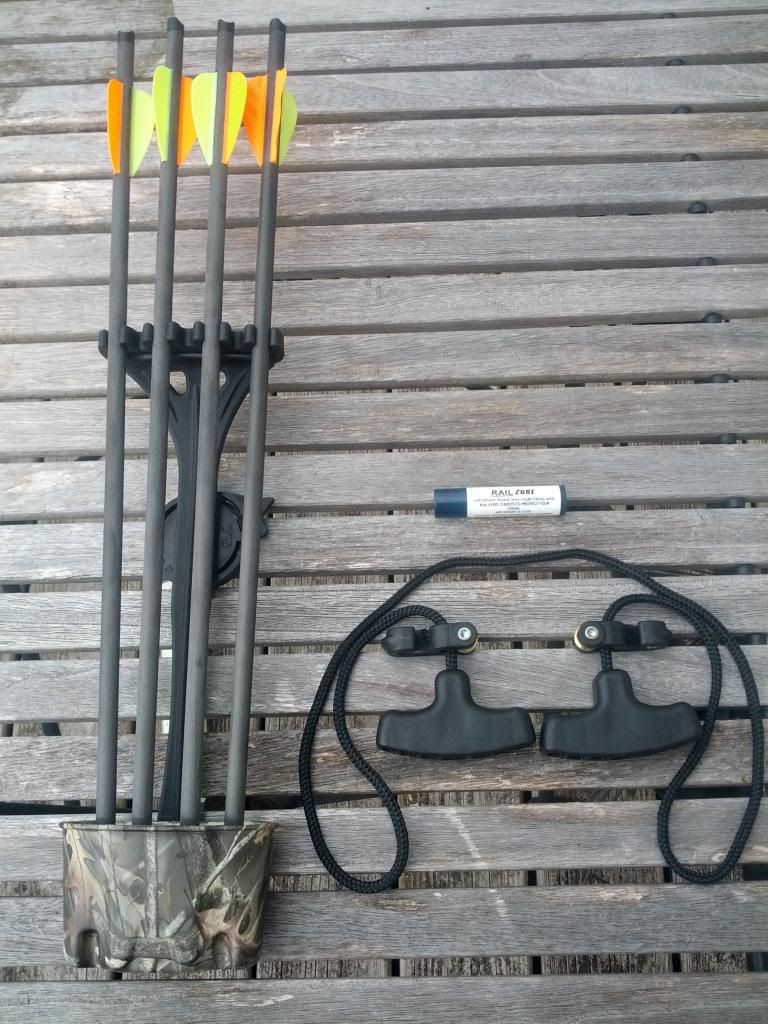 |
| Accessories include quiver, 4 arrows, rail lube, and rope cocking device |
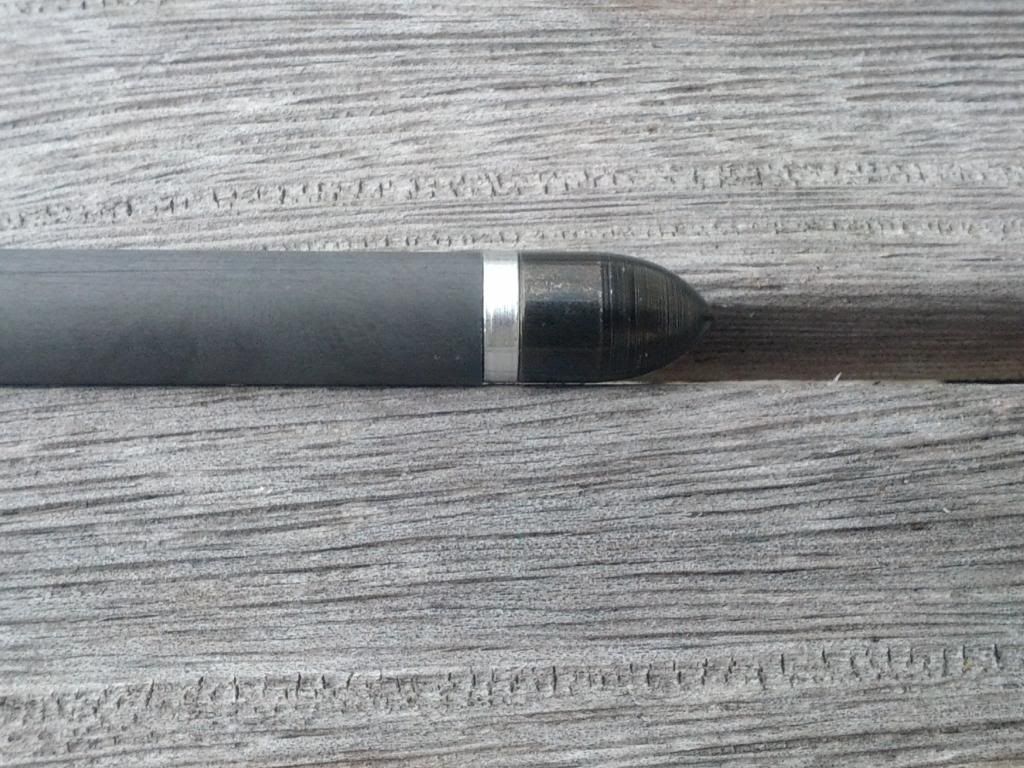 |
| Field Tip on included arrow |
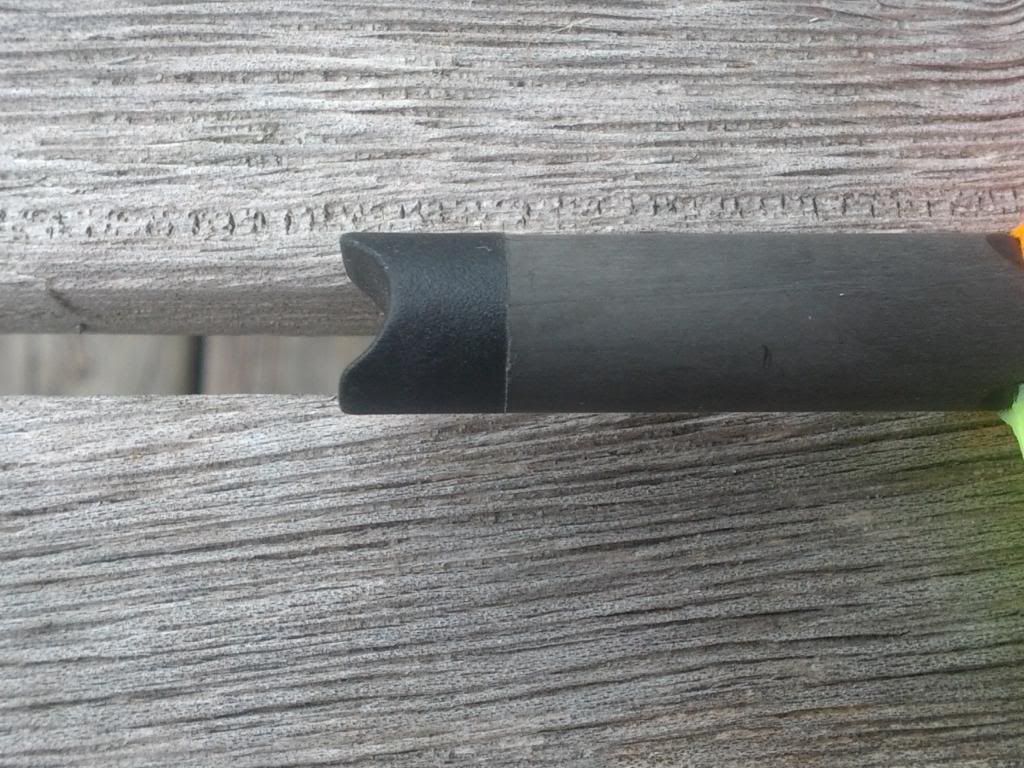 |
| Half-Moon nock on included arrow |
First impressions: the crossbow appears to be well-made. It does not feel cheap, like it is going to fly apart at any moment. Despite the heavy weight of draw, the rope cocking device maximizes your leverage, seeming to cut the weight in half, making it relatively easy to cock. The safety engages fully and with an audible "click" each time the bow is cocked, and it is easily disengaged from either side. The trigger is pretty nice. Better, in fact, than several of my rifles. There is just the slightest hint of take up, and it breaks cleanly at what I would estimate to be around six or seven pounds. The Fever Magnum is lightweight, and comfortable to hold, and the palm-swell on the forearm seems to me to be a nice touch (remember to keep those fingertips below the rail, kids!) As far as negatives, there is the finish. On my particular bow, there are some cosmetic blemishes in the camo dip:
Nothing spectacularly bad, but clearly noticeable. Also, the serving on the string is not centered:
Again, it is not off by much, and probably will not affect the operation of the bow, but it is just one of those little things that illustrates the difference between a top-shelf item and a serviceable, but lesser quality, item. This clearly is not an Excalibur, but then, it costs about a third or less than even the cheapest Excalibur. The quick-release quiver I do not really care for. It adversely affects the balance of the crossbow, and I do not hold out much hope that the release mechanism will withstand much use, as it is all plastic. Also, the included arrows are not very exceptional, either. Serviceable, yes... but that is about all. Use the money you save buying this crossbow to get some good arrows. And probably an extra string or two.
While on the subject of arrows, this gives me an opportunity to discuss customer service. According to the included literature and the company website, SA Sports recommends using 16" 2219 aluminum arrows or 20" carbon fiber arrows. And that is the extent of the information given on projectiles. Now, as many of you know, crossbows can be damaged if they are "dry fired": that is to say, if you draw back the string and release it without a suitable projectile loaded, the strings and limb can be overstressed and damaged. Now, the same thing can happen if you use a projectile that does not have enough mass, so you should always make sure that you have a heavy enough arrow so as to fall outside of dry-fire status. Unable to find the minimum recommended arrow weight, I was a little hesitant to just drop in any old 20' carbon arrow without making sure it would suffice, so I fired off an email to SA Sports asking them what the company recommends. In less than 30 minutes, I had a reply from Mark Ambrose, the company president, advising me that the minimum weight for this particular bow is 350 grains, and that my chosen arrow (Carbon Express 20" with 100 gr. field point for a total of 425 gr.) was well within the limits. As you may know from my previous reviews, I really respect companies that back up their products after the sale is over. These are the businesses that continue to see my patronage time and time again. So, hats off to Mr. Ambrose.
 |
| Multi-Reticle |
So, after a trip to the local big outdoors retailer, I picked up a Hurricane archery target, guaranteed to stop arrows from high speed bows and crossbows. After four shots, I had the red dot sighted in, this time with much better success: the first shot high and left, second a little lower and left, third just left, and fourth center of the bullseye.
These results were with the included 16" arrows. When I fired the 20" Carbon Express, they shot about three inches lower than the 16" arrows.
Penetration on the heavy Hurricane target was good, too, averaging just over 4.5" on the 16" arrows, and 5.25" on the 20" arrows. I will set up a bench rest to shoot from, to see just how tight a group the bow is capable of, and post those results soon. But all in all, I am pleased with the accuracy of this crossbow.
So, the SA Sports Fever Magnum recurve crossbow seems to be a good, solid crossbow for the money. Especially as a starter bow for someone just getting into crossbow archery. It is lightweight, has a relatively small footprint for a crossbow, and is simple to operate. It is a little loud for a bow, but it is also a pleasure to shoot. Do I think it would be a good bow for hunting? I will have to spend some more time with the crossbow, to see how the accuracy holds up, and I would like to chronograph it to see just how fast the arrows are moving before I make that kind of decision. Would I pay the MSRP of $299.95 for it? Probably not. But I certainly think it is worth the $149.95 I paid for it. And one more thing: I really wish I had not waited so long to get a crossbow... these things are a lot of fun to shoot!
For More Information:
SA Sports, LLC
1337 N. Nelson Street Unit B
Allentown, PA 18109
Tel: (484) 294-2257
Fax: (484) 270-4699
Email: sales@sa-sports.com
Hurricane Bag Targets
Field Logic, Inc.
101 Main Street
Superior, WI 54880
Tel: 1-800-282-4868
Email: support@FieldLogic.com
